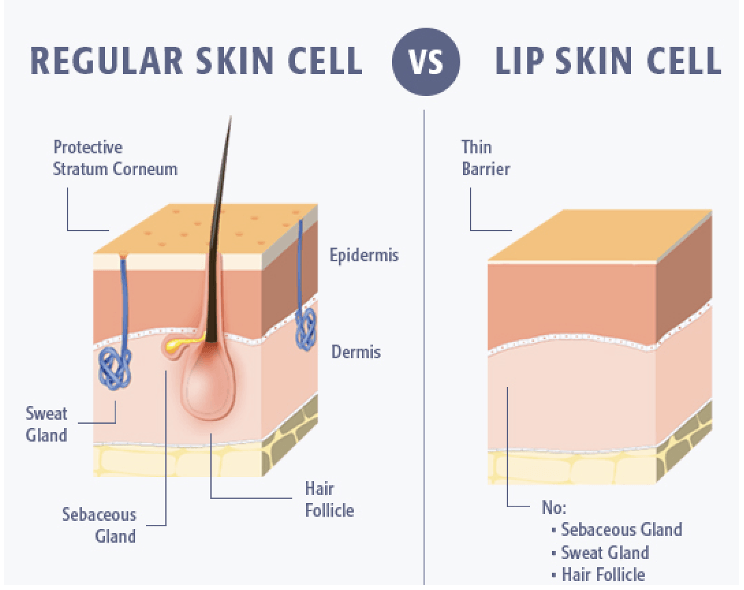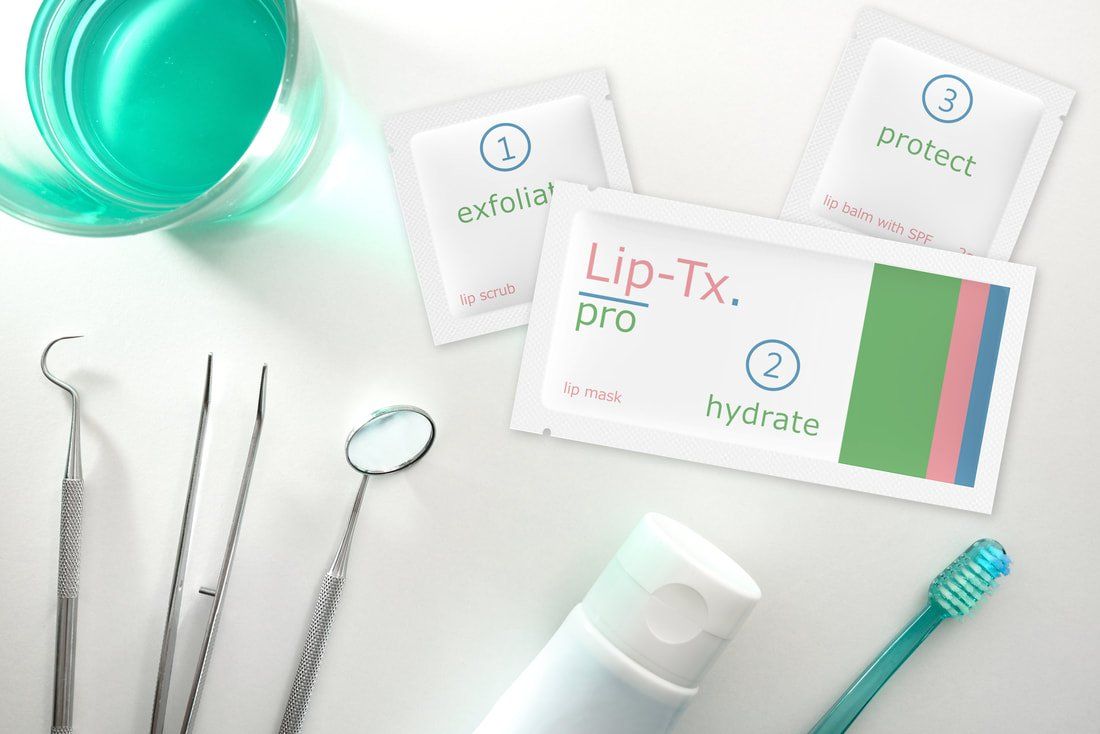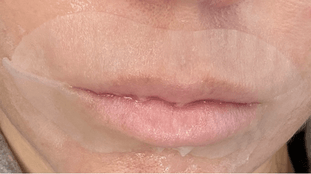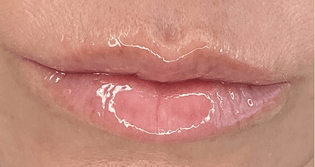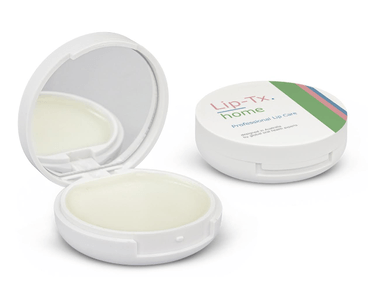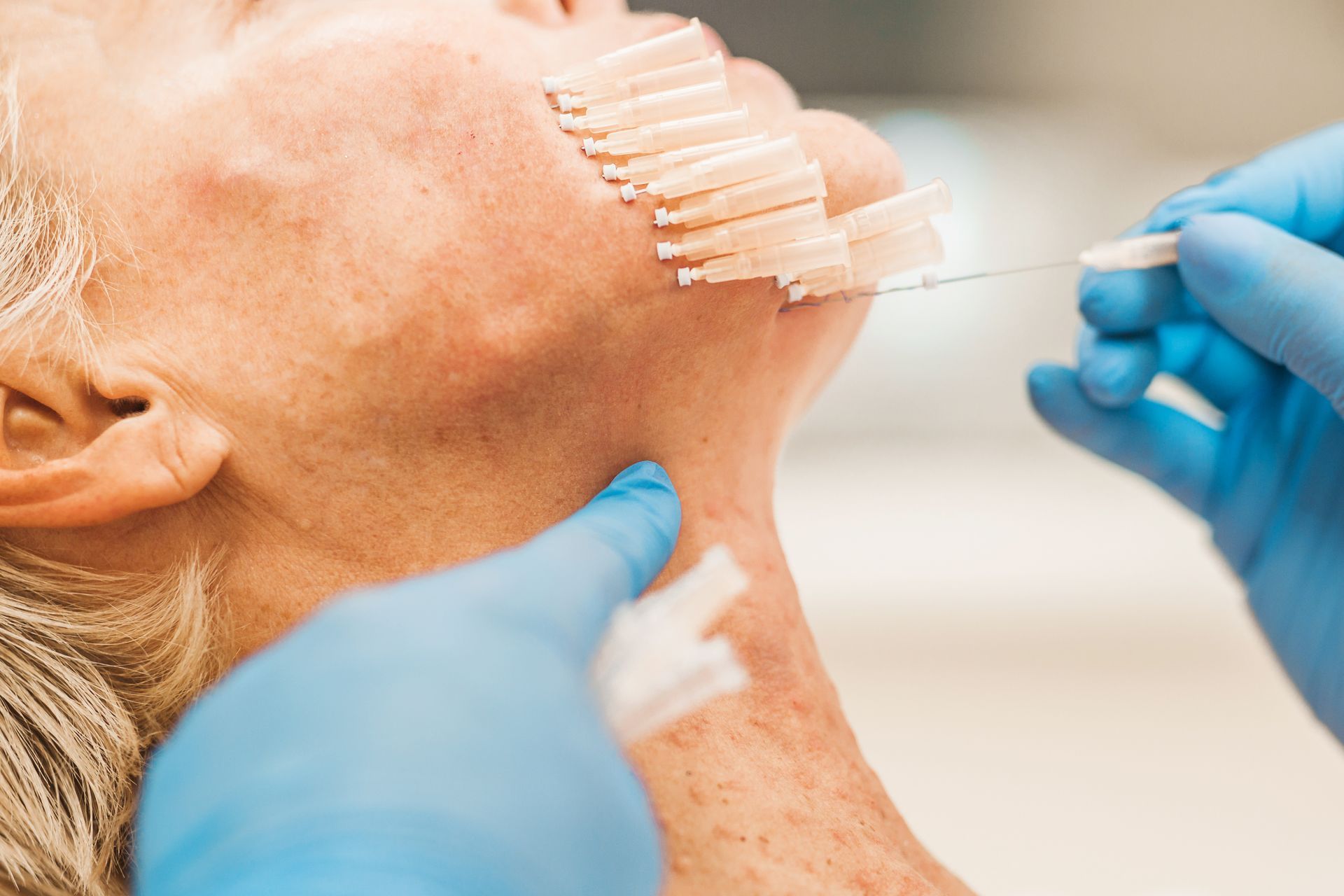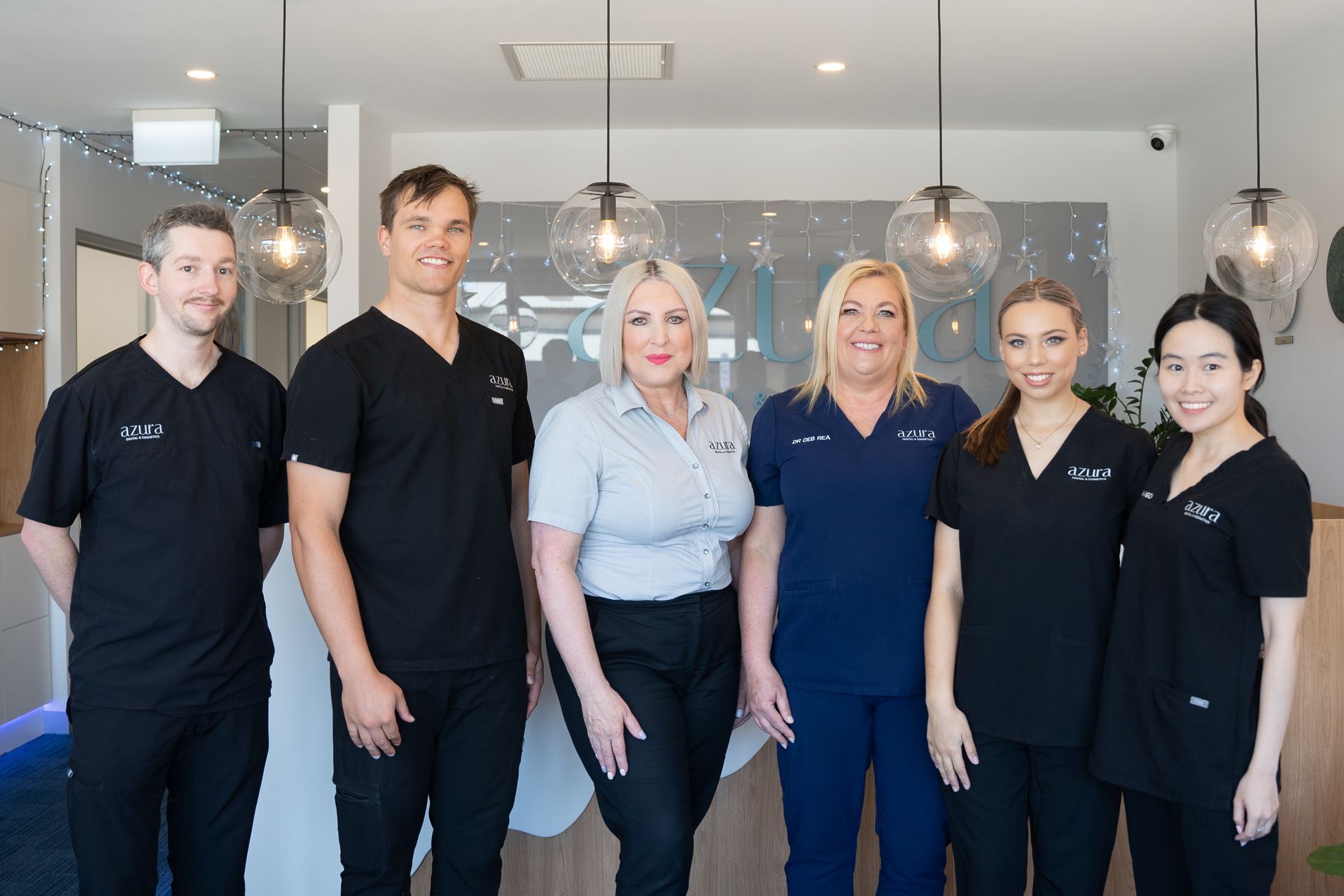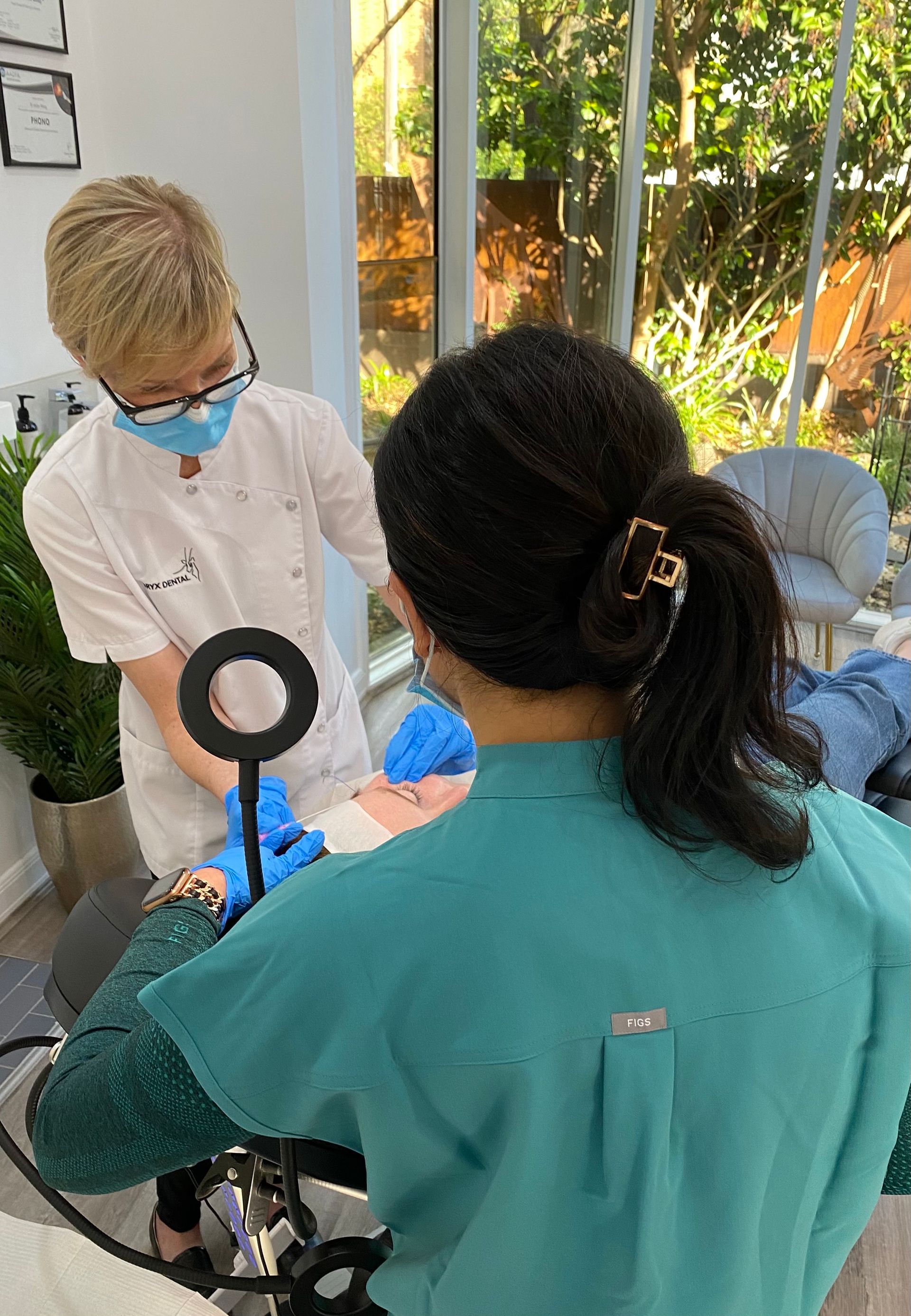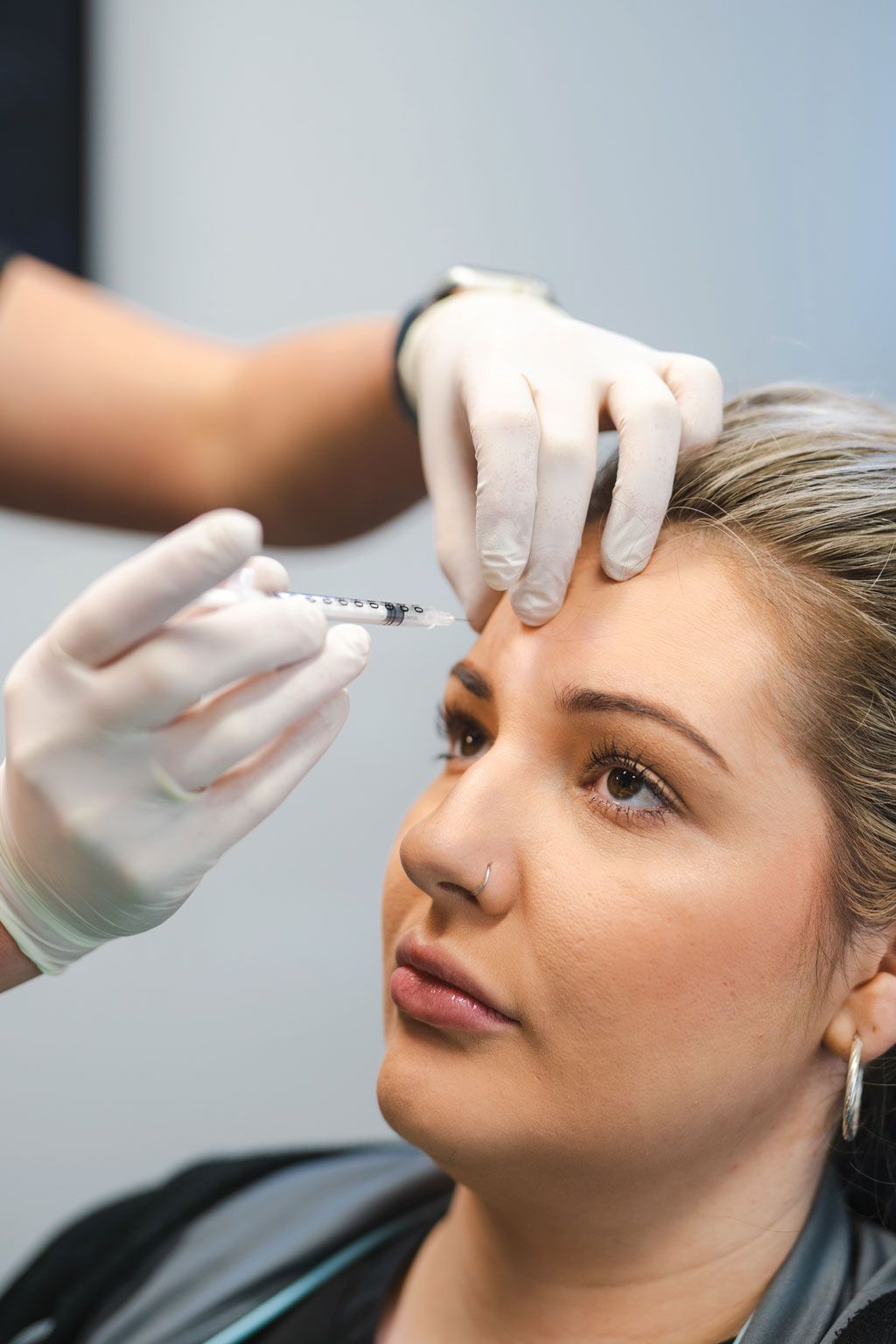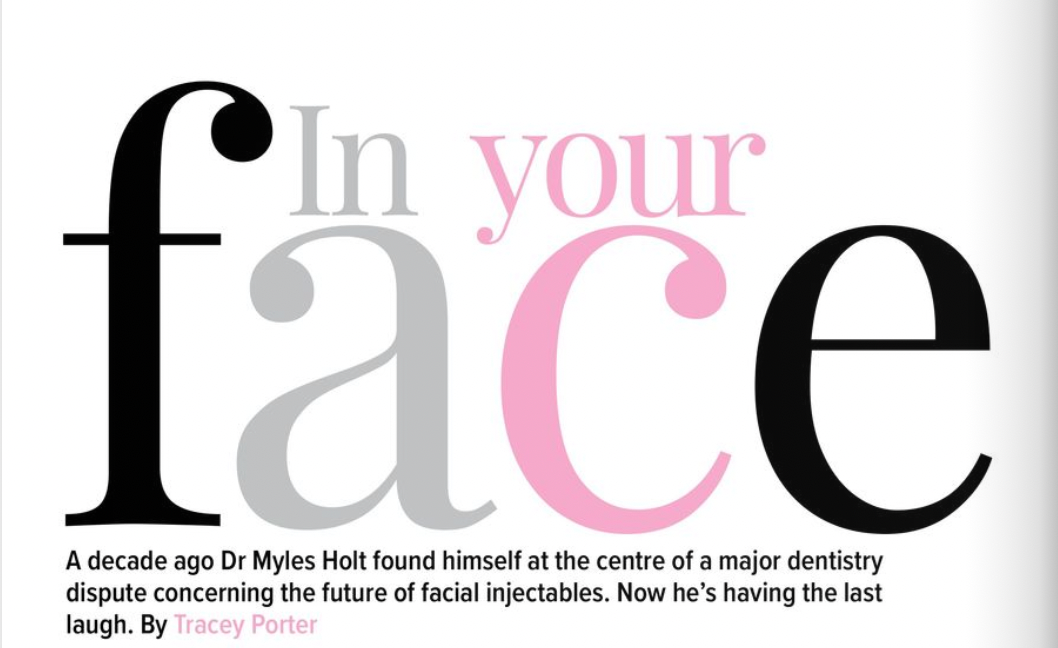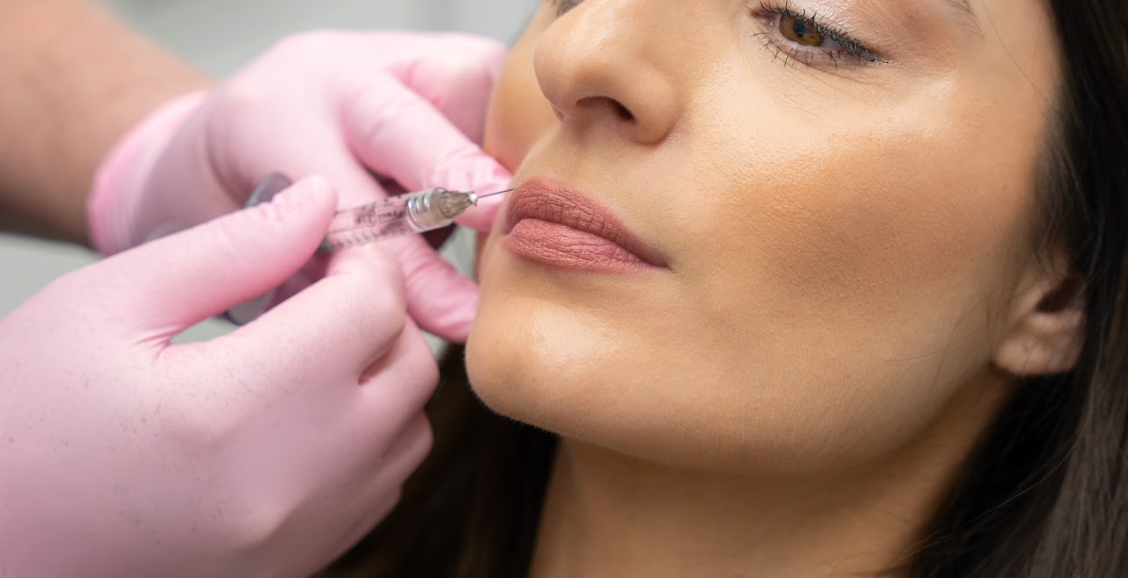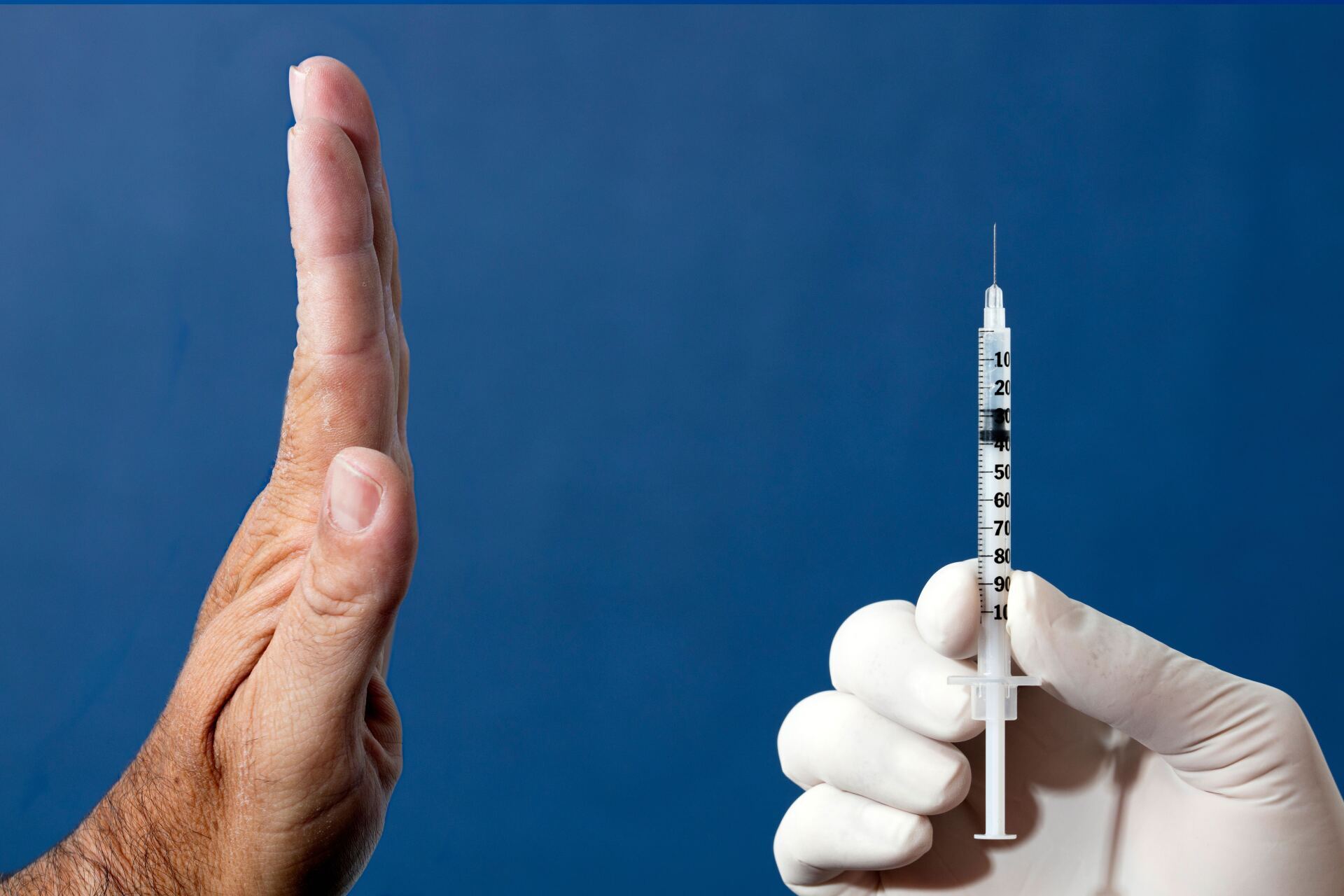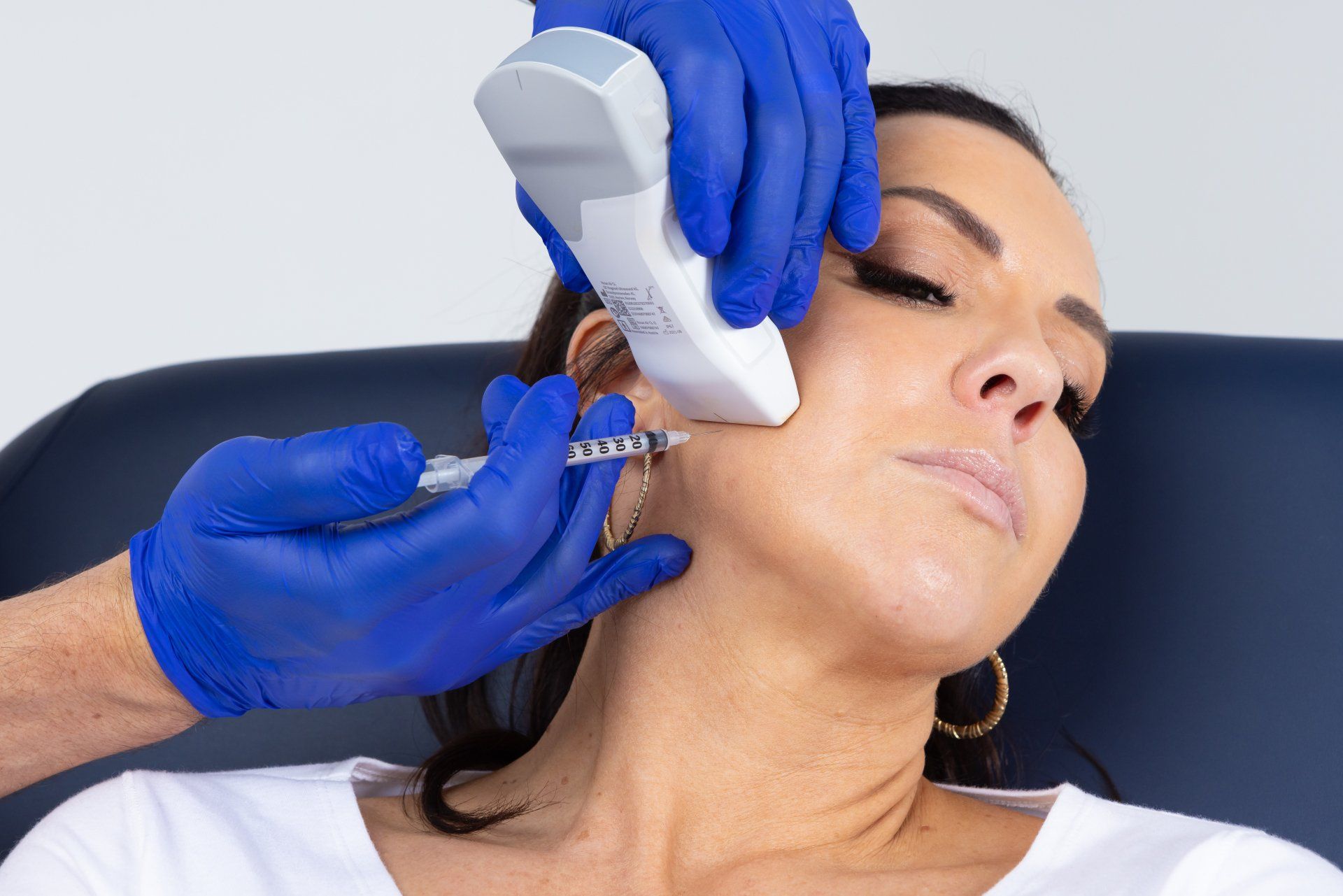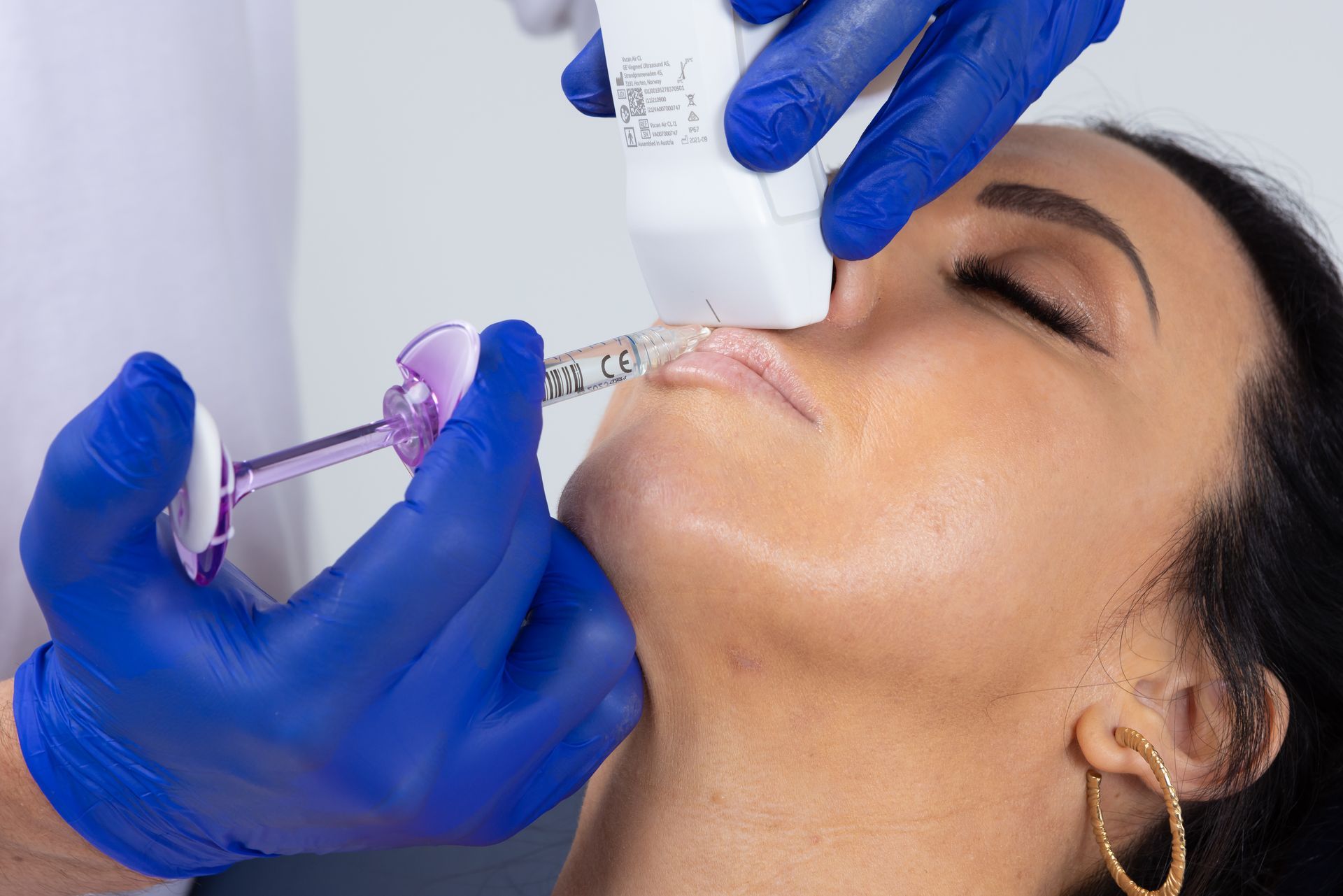With gloved fingers, a mechanical probiotic exfoliation serum is gently rubbed over the lips in a gentle circular motion for 30 seconds. This process not only removes dead, dry, poorly desquamating surface cells which are cracked and flaky, but this mechanical stimulation also promotes blood flow and stimulates the production of vital collagen, elastin and extracellular matrix components via a feedback loop to the dermis, to help the lips maintain their volume and structure.9 Exfoliation also aids the penetration of the subsequent steps in the Lip-Tx protocol.
LIPS: THE FORGOTTEN ORAL TISSUE
LIPS: THE FORGOTTEN ORAL TISSUE
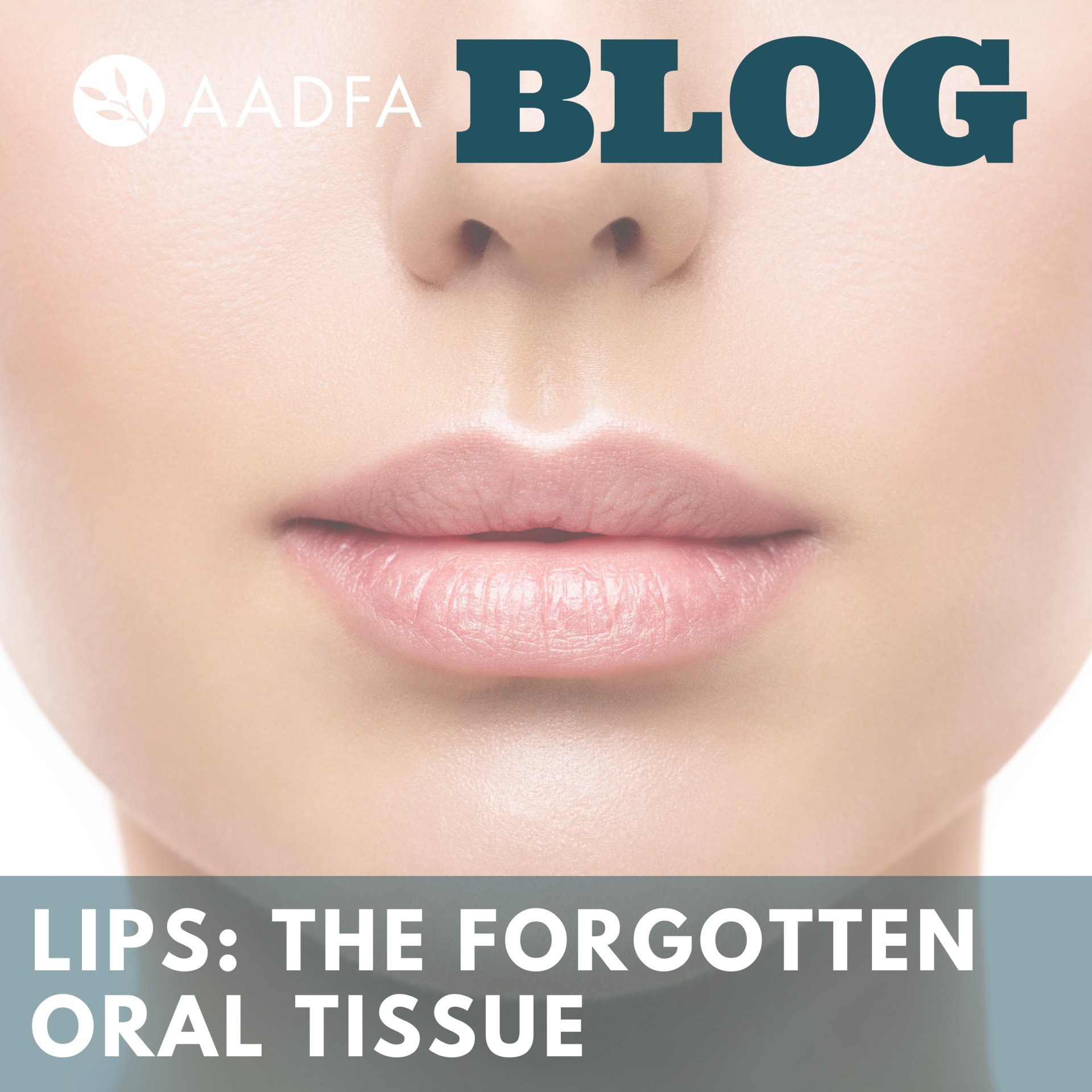
LIPS are defined as, “either of two fleshy folds that surround the mouth in humans and many other vertebrates and are organs of human speech essential to certain articulations”. 1
Lips are unique oral structures (as individual as fingerprints), which play important roles in mastication and deglutition; sound articulation; facial expression and physiological protection; as well as being tactile organs and erogenous zones. Lips are also the central defining aesthetic feature of the lower third of the face, being distinct from the surrounding skin, contributing significantly to our perceptions of healthy, beauty, vitality and how we interact with our environment.
But mention the word LIPS to most Dental Practitioners and their thoughts immediately turn to inconvenient bits of flaccid tissue covering the important stuff underneath, that just get in the way of us doing our job and that we wish were somehow detachable!
In fact, even those practitioners who do give greater thought to these oral soft tissues, do so, almost exclusively, from a perspective of screening for pathology or, perhaps in the case of an increasing number of practitioners who offer facial injectable treatments like dermal filler, from a perspective of correcting defects or age-related aesthetic changes, only once they have occurred. Very few dental practitioners acknowledge the importance and uniqueness of lips and include them in their practice as they do the teeth and gums, that is, by focusing on the maintenance health and prevention of disorder, so as to reduce the need for intervention at a later date.
This is in large part due to lips (and other facial soft tissues) not being given more than a cursory discussion (at best) during most traditional formal dental training around the world, where the major focus is on the dentition and periodontium. However, this is all set to change with the introduction of a revolutionary professional lip care treatment, (Lip-Tx, www.lip-tx.com) used by Hygienists, Dentists and Therapists, at every patient’s maintenance recall visit or indeed at the end of any dental appointment, designed to pay lips the service they are long overdue.
Lips need special treatment
The appearance of the lips not only has a major impact on the aesthetic perception of the face in general, but they can be indicators of general health and, as with other aspects of the orofacial complex, are exposed to pathology and deterioration in condition, due to the combined effects of the general ageing process (loss of supportive collagen, elastin & extracellular matrix components); abuse from the constant contraction of the underlying (Orbicularis Oris) muscle; environmental abuses (including exposure to smoking, dental visits/materials, UV radiation) and a lack of care. 2
Lips represent the transition between the mucosal membrane and the outer facial skin and, histologically, lips also sit at the crossroads between those tissues. Unlike facial skin, which has a thick, protective keratinized (stratum corneum) surface layer which is around 16 cells thick, lip tissue is comprised of non-keratinized epithelium, which is only around 3 cells thick, a histological difference which is easily recognized by simply looking at the color of the lips in comparison to normal skin (Fig.1.). The red/pink color is the result of the combined effects of a lack of thick keratinized surface, leading to translucence of the underlying capillary network, together with a lack of melanocytes (pigment producing cells found in the epidermis of normal skin and that afford UV protection). 3
But more important than causing a pinkish hue, the lack of a truly protective stratum corneum layer, means that lips have a poor barrier function, with low moisture capacity 4, leaving them prone to infection, pathology, desiccation and at the mercy of the abuses inflicted on a daily basis – everything from toothbrushing, lip-licking, mouthrinses, eating and UV exposure. Transepidermal Water Loss (TEWL) is the amount of water that passively evaporates through skin to the external environment, not through sweat, but due to water vapor pressure gradient on both sides of the skin barrier. The measurement of TEWL is a good indicator of the integrity of the skin barrier function, with an increase indicating impaired barrier function which correlates to skin ageing and deterioration. 5
Given the structure, it is not surprising to know that research has shown lips to experience significantly greater TEWL than the rest of the skin, with this compromised barrier playing a major role in many common dermatoses including all forms of cheilitis (lip inflammation), leading to dry, chapped lips, cracking, flaking, sores, bleeding and more (Fig.2).
Additionally, as Lips do not possess hair follicles, sebaceous or sweat glands like normal skin (which aid hydration and bring vital nutrients and antioxidants like Vitamin E to the skin surface), research has shown that, because of their vulnerable structure, lips lack the innate protection capacity of the surrounding facial skin and experience daily physiological stress and deterioration at a faster rate and to a greater degree. Indeed, lip cancer represents the most common form of head and neck cancer (greater in men than women), with 90 per cent of new cases being squamous cell carcinoma (SCC). SCC originating in the lip has been shown to carry a much higher risk of aggressive metastasis than when the same kind of cancer appears first on other parts of the skin. 6
Many people mistakenly think that lips are just like normal skin, that they can be maintained in the same way, or they don’t require regular care at all unless they become cracked, yet nothing could be farther from the truth – lips need special attention and regular professional maintenance to preserve their health and function and to avoid serious pathology.
The Best Lip Care
In the same way as when trying to determine the most appropriate ways to maintain the health and appearance of their teeth and gums, patients looking for information on how to best care for their lips are bombarded with a plethora of overwhelming and conflicting information. Much of the time a patient’s source of this important information is from manufacturers pushing marketing slogans; dubious social media influencers and celebrities with a vested interest; or they are confronted by poorly trained sales staff standing in front of walls of products on department store and supermarket shelves, all claiming to be the best and the brightest solution.
As learned and trusted experts in the oral tissues, one of the primary duties of dental practitioners is oral health promotion and guiding our patients on the best, proven oral hygiene practices. In a modern dental practice, that advice and product recommendation should also extend to how best to care for the health of their lips, to maintain their appearance and condition, while preventing pathology, because just like inside the mouth, an incorrect product choice can have dire consequences.
In addition to recommending products that contain ingredients which have been clinically proven to supplement the deficiencies inherent in lip tissue composition, such as various antioxidants, humectants and emollients, the consistency of the products are crucial, as is its ability to protect against damage from the sun. Specialist Dermatologists and skin cancer specialists from Harvard University have raised warnings in regard to lip care products, especially the rise in popularity of luxury branded, non-SPF based high-sheen, gloss products, which they say enhance the optical passage of ultraviolet rays, increasing their penetration into the already fragile skin of the lips and increasing the risk of lip cancer. 7 Even the tissue damage done which is short of true cancer, from using the wrong lip products, without professional formulation based on clinical research, can lead to painful and unsightly photo-ageing, including the premature formation of wrinkles, painful fissures and solar keratosis – nonmalignant yet unpleasant crusty nodules. Armed with this knowledge, it is unconscionable that at the completion of a dental visit (the micro-trauma from which could make the lips immediately more vulnerable), that responsible dental practitioners would simply allow their patients to leave the clinic, exposed to the sun, and left to their own devices to choose lip care products that may actually be doing more harm than good.
However, clinical studies have shown that the regular application of a professionally formulated, sequential multi-step lip-care treatment results in significant improvements in the health of the lips. 8 The use of the Lip-Tx Pro system (Fig.3), for just a few minutes at the end of each scheduled dental recall, hygiene visit or any treatment appointment, together with the daily use of the Lip-Tx Home product, has been shown to enhance the lip barrier function, reducing TEWL, protecting the tissue from environmental damage, including broad-spectrum SPF protection, thereby improving the general condition of the tissue, with reduced cracking, dryness and fine lines, as well as improving lip texture, colour and definition.
How does Lip-Tx work?
The most complete method for ensuring healthy lip tissue throughout life, works in much the same manner as promoting healthy teeth and gums – regular check-ups and maintenance treatments by a dental professional, together with the daily use of clinically proven products for home use. Lip-Tx pro is the world’s first, single patient-use, professional lip care system to protect and enhance lip health and aesthetics, designed in Australia by a group of global oral health experts, based on the latest clinical research in to lip barrier function optimization.
Utilized at the conclusion of any professional treatment of, or around, the lips, teeth & mouth (e.g., after dental treatment, dental cleaning, teeth whitening, lip filler or any other therapy which may compromise lip integrity), the powerful, synergistic, 3-step system consists of exfoliation, hydration and protection phases and takes less than 5 minutes to administer.
Step 1: Exfoliation (Fig.4)
Fig.4: Exfoliation (lip scrub) to gently cleanse the lips,
while enzymes promote skin renewal.
Step 2: Hydration (Fig.5)
Fig.5: Hydration (lip mask – second skin) to soothe and
deeply hydrate the lips, restoring vital moisture balance.
Step 3: Protect (Fig.6)
Fig.6: Protect (lip balm with SPF) to nourish,
replenish and protect the lips
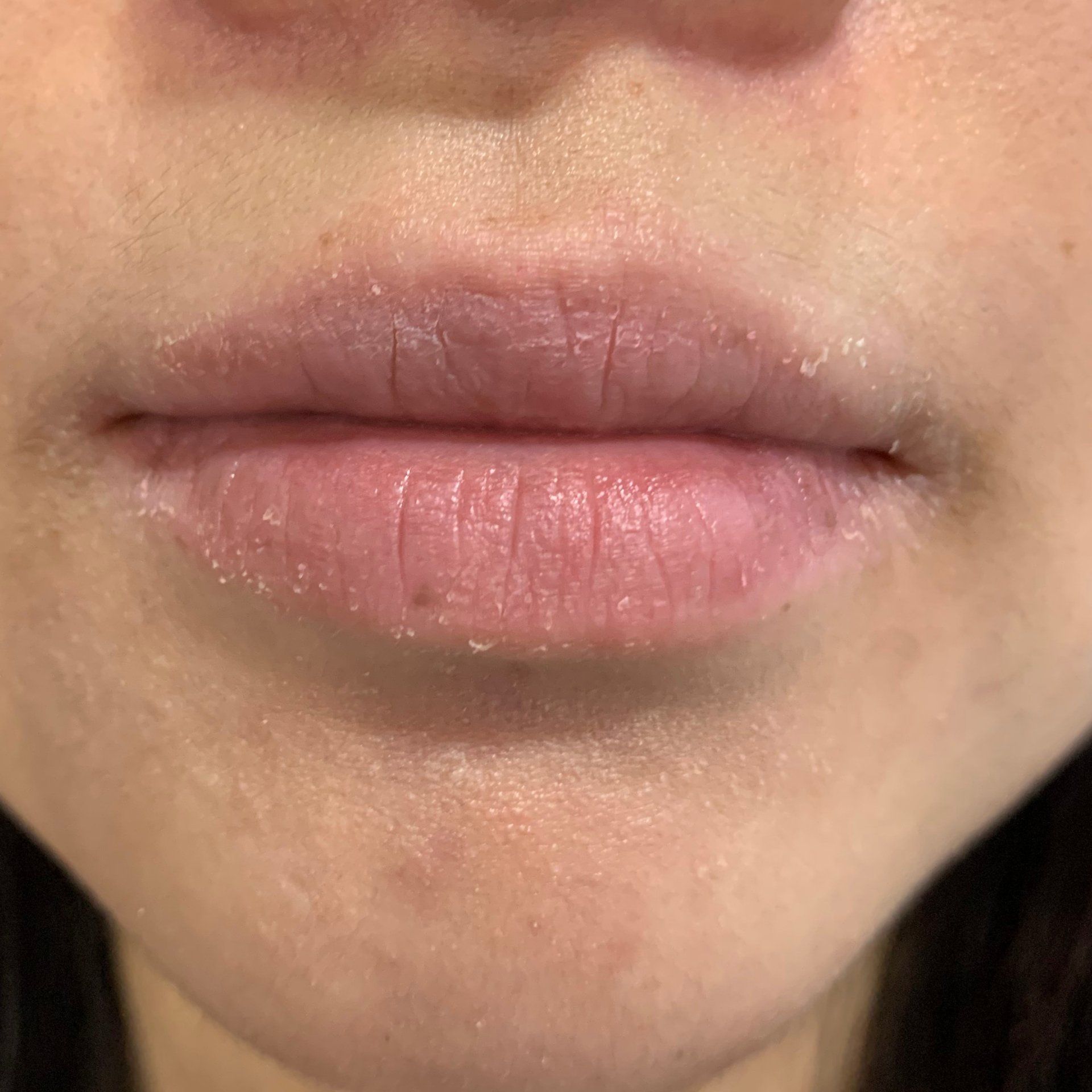


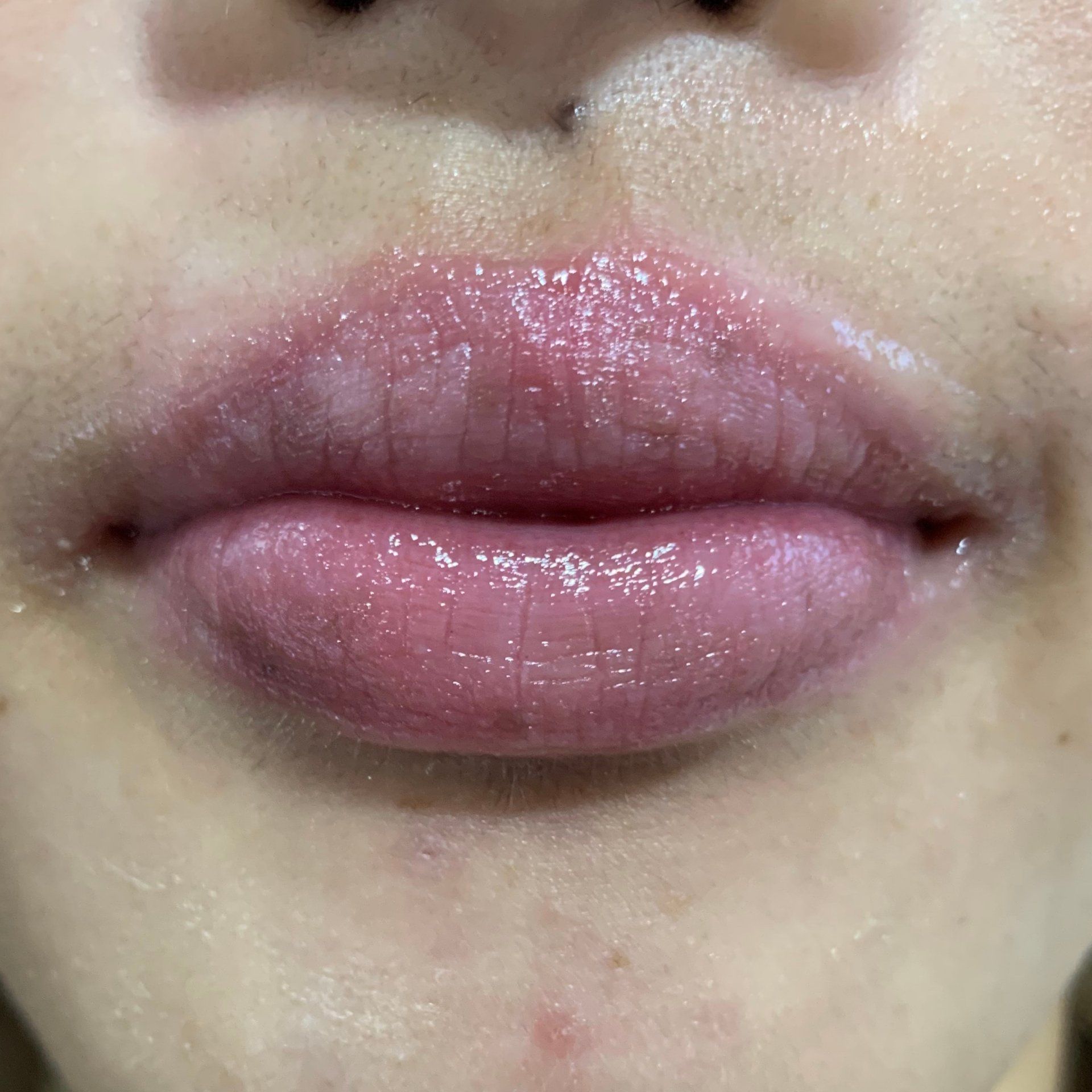
At the same time, Dental Practitioners, faced with an increasingly competitive market, have been looking for ways to differentiate their practices and stand-out from the crowd. One of the most successful methods for doing so is to offer a more complete service to patients, with unique treatments, conveying the feeling of more comprehensive care.
The development of professional, in-chair lip care and take-home recommendations not only benefits the health and wellbeing of our patients and acknowledges the importance of the lips as a previously neglected oral tissue, but also benefits the future success of our practices.
References
1. https://www.merriam-webster.com/dictionary/lips
2. Klein AW. In search of the perfect lip: 2005. Dermatol Surg. 2005 Nov;31(11 Pt 2):1599-603.
3. Zugerman C. The lips: anatomy and differential diagnosis. Cutis. 1986 Aug;38(2):116-20.
4. Kobayashi H, Tagami H. Functional properties of the surface of the vermilion border of the lips are distinct from those of the facial skin.
Br J Dermatol. 2004 Mar;150(3):563-7.
5. Golara Honari, Howard Maibach, Applied Dermatotoxicology – Clinical Aspects Academic Press, 2014
6. M. MARUCCIA, M.G. ONESTI, P. PARISI, E. CIGNA, A. TROCCOLA, N. SCUDERI
Lip Cancer: A 10-Year Retrospective Epidemiological Study Anticancer Research Apr 2012, 32 (4) 1543-1546
7. https://abcnews.go.com/Health/BeautySecrets/story?id=4766632&page=1
8. Trookman NS, Rizer RL, Ford R, Mehta R, Gotz V.
Clinical assessment of a combination lip treatment to restore moisturization and fullness. J Clin Aesthet Dermatol. 2009 Dec;2(12):44-8.
9. Ganceviciene R, Liakou AI, Theodoridis A, Makrantonaki E, Zouboulis CC.Skin anti-aging strategies. Dermatoendocrinol. 2012;4(3):308-319.
10. Journal of Pharmacy and Pharmacology, September 2019, pages 1,353-1,369
11. Journal of Clinical Aesthetic Dermatology, 2013, issue 1, pages 16-26
12. https://www.forbes.com/sites/sarabliss/2021/03/01/why-doctor-formulated-skincare-brands-are-disrupting-the-85-billion-dollar-beauty-
industry/?sh=4384bf1ac556

